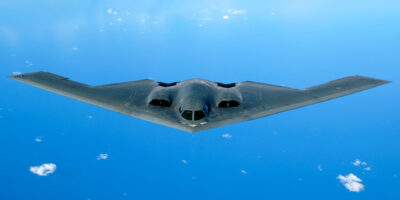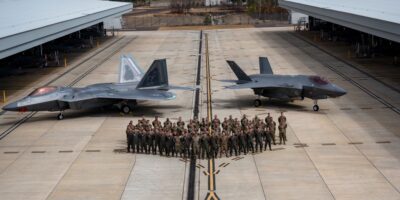New PBY Catalina
New PBY Catalina
PBY Catalina, a versatile American flying boat, first flew in the mid-1930s. Created by the Consolidated Aircraft Corporation, it became an important asset during World War II. Modern enthusiasts still find it fascinating due to its historical significance, design, and various roles.
Origins and Early Development
The PBY Catalina originated as a response to a 1933 U.S. Navy requirement for a new patrol bomber capable of long-range missions. The goal was to replace older seaplanes with a more capable and versatile aircraft. In 1935, the prototype was complete and named the XP3Y-1.
This prototype demonstrated remarkable abilities during initial testing, prompting the Navy to place an order for the first production model, designated the PBY-1. The aircraft’s design included a distinctive parasol wing mounted above the fuselage, giving it a unique appearance and granting excellent visibility for crew members.
Technical Specifications
The PBY Catalina’s design made it suitable for various missions, including maritime patrol, anti-submarine warfare, and search and rescue. Key specifications included:
- Wingspan: 104 feet
- Length: 63 feet
- Engine: Twin Pratt & Whitney R-1830 Twin Wasp radial engines
- Maximum Speed: 196 mph (315 km/h)
- Range: Approximately 2,520 miles (4,050 km)
- Crew: Typically 7 to 9 members
These specifications allowed the PBY Catalina to carry out long-range patrols, monitoring vast ocean areas for enemy vessels and rescuing downed airmen.
Role in World War II
The PBY Catalina saw extensive use during World War II, serving with the U.S. Navy, Royal Air Force, and other Allied forces. It played crucial roles in various theatres of war. Its long-range capabilities and ability to operate from remote areas made it invaluable.
One significant contribution came during the Battle of Midway in 1942. PBY Catalinas located the Japanese fleet, providing essential intelligence for the U.S. Navy’s successful ambush. Catalinas spotted enemy submarines, escorted convoys, and conducted bombing missions against surface targets.
Search and Rescue Operations
The PBY Catalina was also renowned for its outstanding search and rescue missions. Its ability to land on water made it perfect for rescuing downed aircrew in remote ocean areas. The aircraft’s durability ensured it could operate in rough conditions.
A notable example is the rescue of Captain Eddie Rickenbacker and his crew in 1942. After being adrift in the Pacific for three weeks, a PBY Catalina spotted and rescued them. This mission demonstrated the aircraft’s life-saving capabilities.
Post-War Usage
After World War II, the PBY Catalina continued to serve in various capacities. Many were converted for civilian use, performing roles such as firefighting, cargo transport, and aerial survey work. The aircraft’s versatility and reliability ensured its continued use long after the war.
Some countries retained military versions for coastal patrol and search and rescue until more modern alternatives became available. Today, several PBY Catalinas are preserved in museums or operated by enthusiast groups, keeping the legacy of this remarkable aircraft alive.
Design Evolution
Throughout its service, the PBY Catalina underwent several design changes and enhancements. Early models like the PBY-1 and PBY-2 saw incremental improvements in engines, armament, and equipment. The PBY-5 and PBY-5A models introduced amphibious capability, allowing the aircraft to operate from both water and land.
The final production model, the PBY-6A, featured a taller tail fin and improved systems. These enhancements extended the aircraft’s range and operational capability, ensuring it remained effective throughout its service life.
Legacy and Cultural Impact
The PBY Catalina’s contributions during World War II have cemented its place in aviation history. Its distinctive design and versatile roles made it a subject of interest for aviation enthusiasts and historians alike. Documentaries, books, and articles continue to celebrate its achievements.
The aircraft also enjoys a presence in popular culture. It has appeared in films, television shows, and video games, often depicting its heroic roles during the war. Its enduring legacy ensures that the PBY Catalina remains a symbol of ingenuity and resilience.
Modern Restorations
Today, several PBY Catalinas are undergoing restoration efforts. Enthusiasts and organizations are dedicated to preserving these historic aircraft. Restorations strive to return Catalinas to their former glory, with attention to historical accuracy and airworthiness.
These restored aircraft participate in airshows and commemorative events, allowing the public to witness their capabilities firsthand. The efforts to maintain and display these flying boats highlight the importance of preserving aviation history for future generations.



Subscribe for Updates
Get the latest articles delivered to your inbox.
We respect your privacy. Unsubscribe anytime.